The Anthurium Pink, often referred to as the Flamingo Flower or Laceleaf, is renowned for its stunning pink spathes and glossy green leaves. This tropical plant adds a splash of color and elegance to any indoor space. Here’s how to care for your Anthurium Pink plant to keep it healthy and vibrant:
Light Requirements
- Indoors: Place your Anthurium Pink in bright, indirect light. It can tolerate lower light levels, but its growth and flowering will be more prolific with more light. Avoid direct sunlight, which can scorch the leaves.
- Outdoors: If grown outdoors in a suitable climate, ensure it’s in a shaded area protected from direct sun.
Watering
- Frequency: Water your Anthurium Pink thoroughly when the top inch of soil feels dry. Typically, this means watering about once a week. The frequency may vary depending on the indoor climate and the season.
- Method: Ensure the pot has good drainage to prevent water from pooling at the bottom, which can lead to root rot. Empty any excess water from the saucer after watering.
Soil
- Use a well-draining, chunky potting mix that retains some moisture but allows excess water to drain away. A mix designed for orchids or a combination of potting soil, perlite, and peat moss works well.
Temperature and Humidity
- Temperature: The Anthurium Pink thrives in temperatures between 65-80°F (18-27°C). It is not frost-tolerant and should be kept away from cold drafts or sudden temperature changes.
- Humidity: This plant loves high humidity. Aim for a humidity level of 60-80%. You can increase humidity by misting the plant regularly, using a humidity tray, or placing a humidifier nearby.
Fertilization
- Feed your Anthurium Pink with a balanced, water-soluble fertilizer diluted to half strength once a month during the growing season (spring and summer). Reduce feeding in the fall and winter when growth slows down.
Pruning and Maintenance
- Pruning: Remove any dead or yellowing leaves to keep the plant looking tidy and to prevent disease. Trim spent flowers to encourage new blooms.
- Cleaning: Wipe the leaves periodically with a damp cloth to remove dust and allow the plant to breathe and photosynthesize more efficiently.
Repotting
- Repot your Anthurium Pink every 1-2 years or when it becomes root-bound. Choose a pot that is 1-2 inches larger in diameter than the current one and refresh the soil to provide new nutrients.
Pests and Problems
- Pests: Common pests include aphids, mealybugs, and spider mites. If infestations occur, treat with insecticidal soap or neem oil.
- Problems: Overwatering can lead to root rot, while under-watering can cause the leaves to become brown and crispy. Yellowing leaves may indicate insufficient light or nutrient deficiencies.
By following these care guidelines, your Anthurium Pink plant will thrive, providing beautiful pink blooms and lush green foliage to enhance your indoor space. Its striking appearance and relatively low-maintenance nature make it a favorite among houseplant enthusiasts.

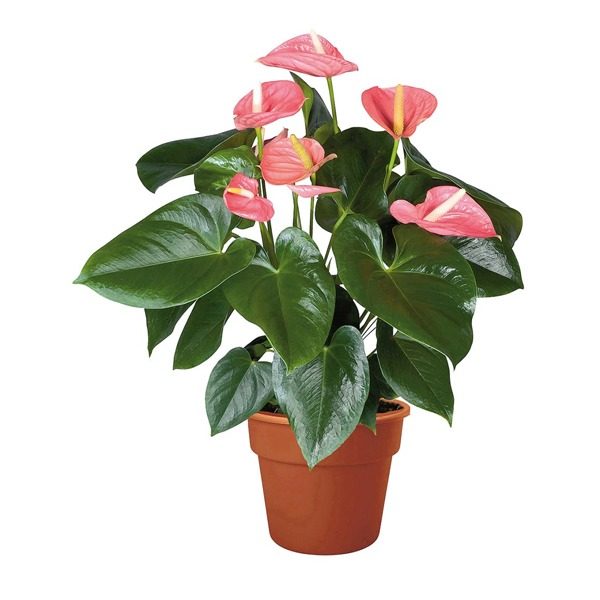
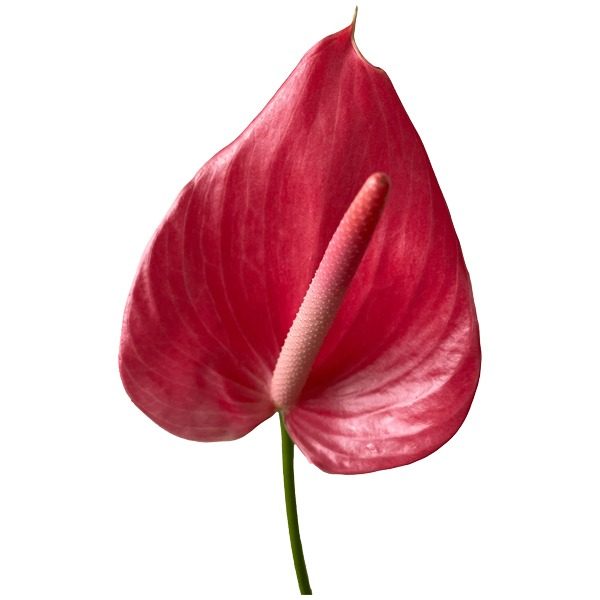

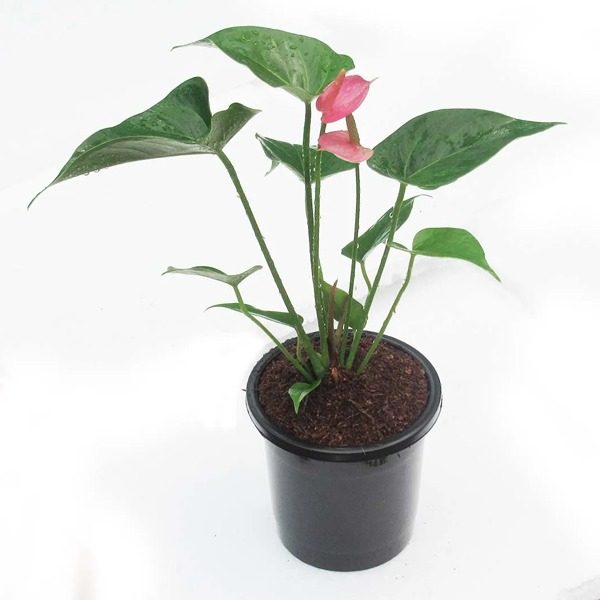

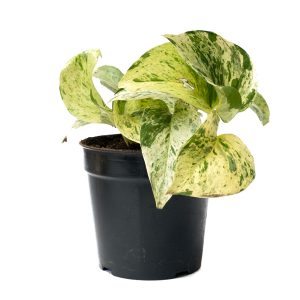
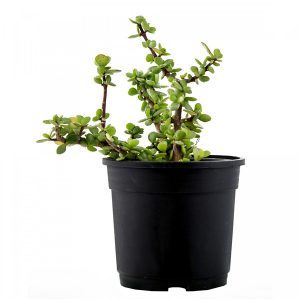

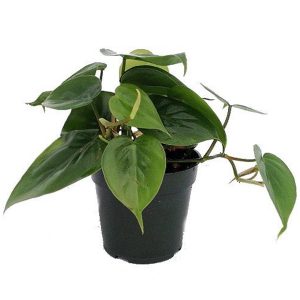
Reviews
There are no reviews yet.